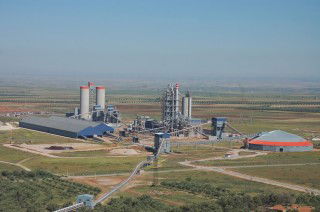Following years of conflict, the potential for cement demand in the Middle East is huge. Add to this the drive by governments to develop and expand various industries to reduce their reliance on oil and gas revenues. Meeting this demand, however, requires investment at a time when state revenues have plummeted and the region is facing escalating humanitarian crises.
The year 2020 brought a double blow to the economies of the Middle East. Along with the rest of the world, the pandemic shut down businesses and schools, causing muted demand and exports, and forcing governments to divert funding to the health sector as cases of COVID-19 surged. Coupled with this, global oil prices tumbled, falling by more than half in March 2020 on the back of lockdown measures and the grounding of international flights. Brent crude fell to its lowest point since November 2002 in March 2020, while the West Texas Intermediate (WTI) benchmark price for US crude went into negative territory for the first time ever the following month (see Figure 1).
